
From our new podcast network, The Genius Recipe Tapes is lifelong Genius hunter Kristen Miglore’s 10-year-strong column in audio form, featuring all the uncut gems from the weekly column and video series. Subscribe on Apple Podcasts, Spotify, or wherever you get your podcasts so you don’t miss out.
Listen & SubscribePopular on Food52
26 Comments
Glenn M.
January 27, 2015
Why is it called an escarole salad....it's a Belgium endive salad. Escarole in the US is a leafy, lettuce-like chicory.
Risottogirl
January 22, 2015
I can get puntarelle all winter at my farmers market in San Francisco so I use that :)
Carmen K.
January 22, 2015
Just posted a couple of photos on my @conditionreport from the field trip to the California Endive Farm. It's a fascinating process. The first year that sweet blue chicory weed is field ground, harvested and the roots are subjected to an artifical winter. The roots are then grown in the dark (just like the Belgian farmer who first discovered them growing in his cellar during the war). The Prune salad is pure heaven for those of us who adore anchovies and bitter.
Carmen K.
January 22, 2015
In the US the only place that grows endive from Belgium chicory stock is the California Endive Farm in Rio Vista, CA. Had the pleasure of touring the facility with my local Slow Food friends. It was fascinating
Sharon H.
January 22, 2015
I guess I am not the only one who doesn't read the comments before commenting! ;-) But I think from now on, I will.
Marcella H.
January 22, 2015
It is not escarole, it is Belgian endive. The illustrations and the instructions set you on the right track. Incidentally, Marcella first proposed this puntarelle treatment for endive in 1997, in Marcella Cucina (Harper Collins), page 394 if anyone wants to look it up. Victor Hazan.
Sabina
January 22, 2015
I opened this recipe because the email said it was an Escarole Salad, endive is something entirely different. Please explain.
haapi
January 22, 2015
LOVE puntarelle and love this traditional dressing for it. However, I just throw it into a chopper/mini-blender. Easier, and creamier.
Nancy
January 22, 2015
I am confused. Belgium endive is not what I usually call escarole. From the photos and the recipe it looks like Belgium endive, but the recipe title calls it escarole.
Judith F.
January 21, 2015
I use frisee for this salad, as it is close to the same look and slightly bitter as puntarelle. I lived in Rome for 20 years and used to eat it fresh almost daily. Puntarelle are a bug to clean however.
Scott
January 21, 2015
Where I come from Escarole was and still is called "Curly Endive" and Frisee in France; the base for my beloved Salade Lyonaise, and yes both Endives are from the chicory family. BUT is quite often hard to find and is rather expensive, perhaps this is the reason she used Belgian Endive.
Sharon H.
January 21, 2015
What is heartening (and I did not expect it) is that so many folks know the difference between escarole and endive ;-)
Alicia
January 21, 2015
I'm confused. Why is there no escarole in this escarole salad? Is there a reason we should use Endive instead of Escarole? This creates a glaring omission in what appears to be a good recipe.
Kristen M.
January 21, 2015
Alicia, see my answer below -- it's not actually an omission (do use Belgian endive). It is a very, very good recipe, so please don't let that scare you.
Alicia
January 21, 2015
Kristen, consider renaming your recipe using "Chicory" instead of escarole. It is, quite honestly, ridiculous to use any ingredient in a recipe title that does not primarily call for that particular ingredient! And the reader should not have to scroll through the comments for clarification.
sandy P.
January 21, 2015
Looks great. I love puntarelle, sometimes I'll order two at a single seating. Thanks for posting this.
Sharon H.
January 21, 2015
Sorry for the redundant comment......below. I didn`t read the others.....
Sharon H.
January 21, 2015
Hi - I wonder why it's called Escarole salad? Because it's not escarole! I am going to try it - looks fantastic.
witloof
January 21, 2015
Just wondering why this is called escarole salad when it's made with endive? Shouldn't it be called endive salad? Escarole is another vegetable entirely.
HalfPint
January 21, 2015
Escarole is a variety of endive, though Belgian endive (& also puntarelle) is technically a variety of chicory. Both are of the genus Cichorium.
Mary L.
January 21, 2015
Agreed. I put escarole and endive pretty far apart from each other -- escarole lettuce has a harsher, herbier flavor than endive IMO. still, i'd like to try this "escarole" recipe
Kristen M.
January 21, 2015
Thanks for asking -- this is what Hamilton calls the salad on her menus and in her book, so I honored her intentions. (I'm also following up to ask her for clarification, which I should have done before!)
Greenstuff
January 21, 2015
LOVE that someone named witloof weighed in! (Witloof is what Belgian endive is called in Belgium.)
Kristen M.
February 3, 2015
Hi all, I opted to update the title to endive for our purposes here. Thanks for sharing your thoughts.
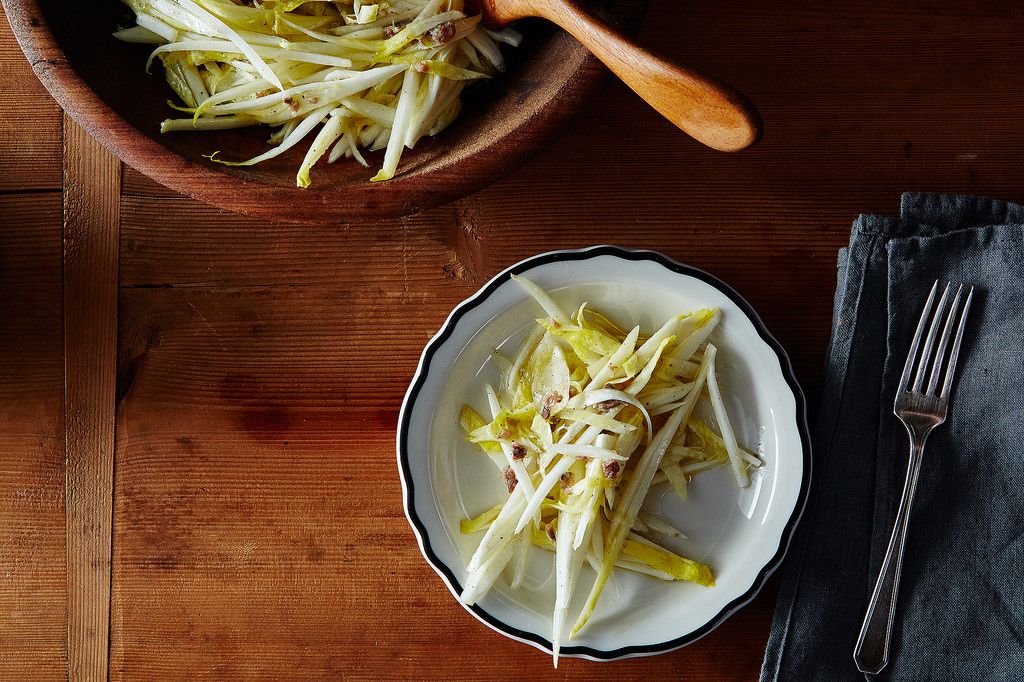
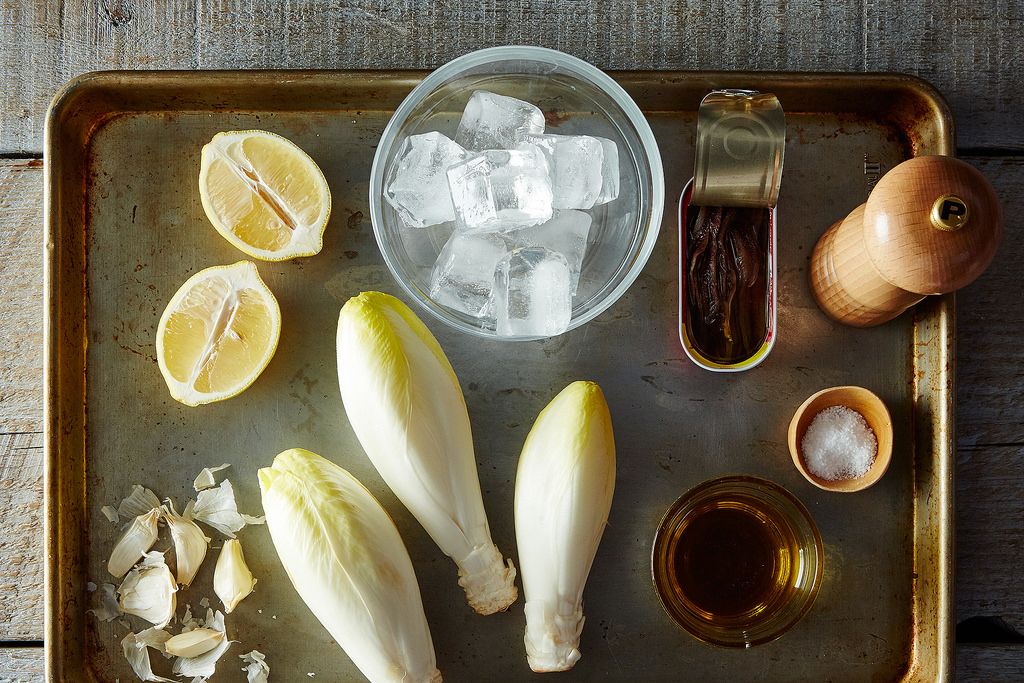

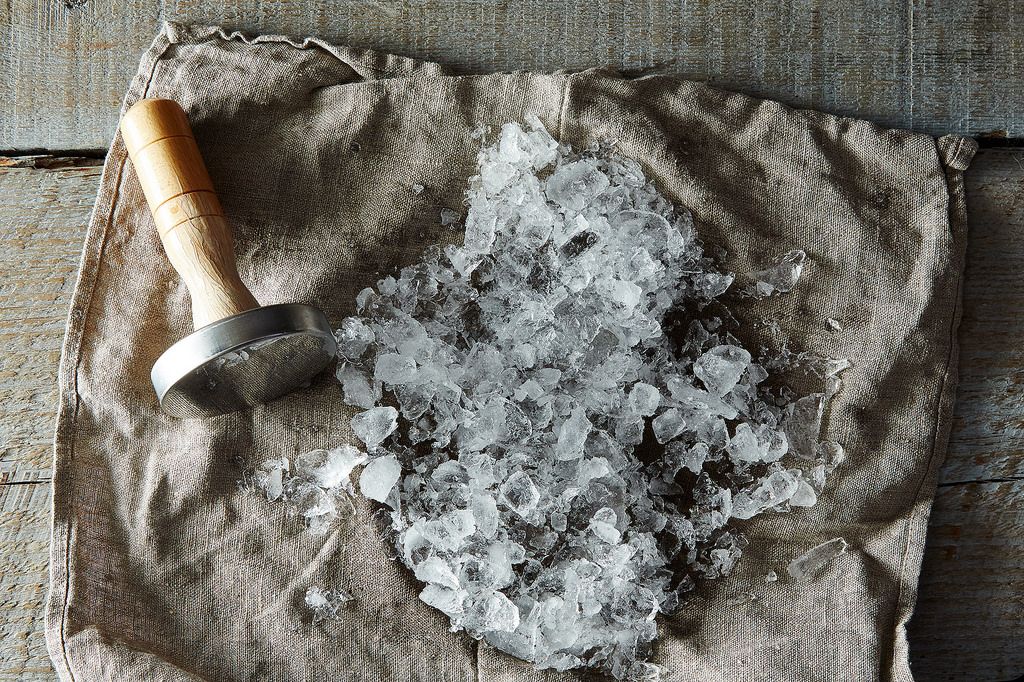
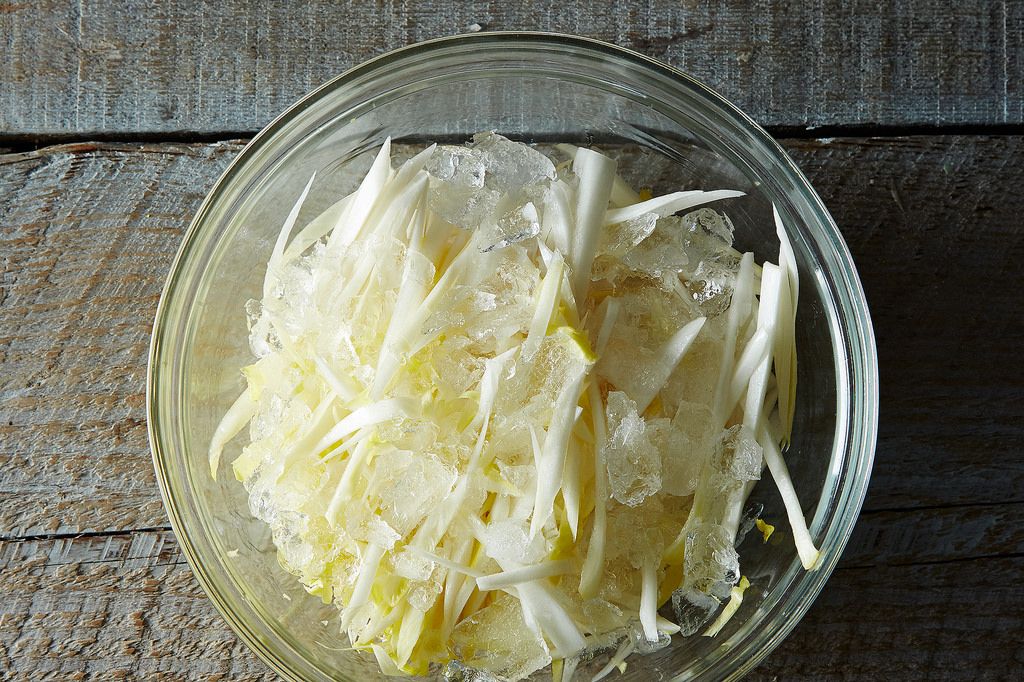


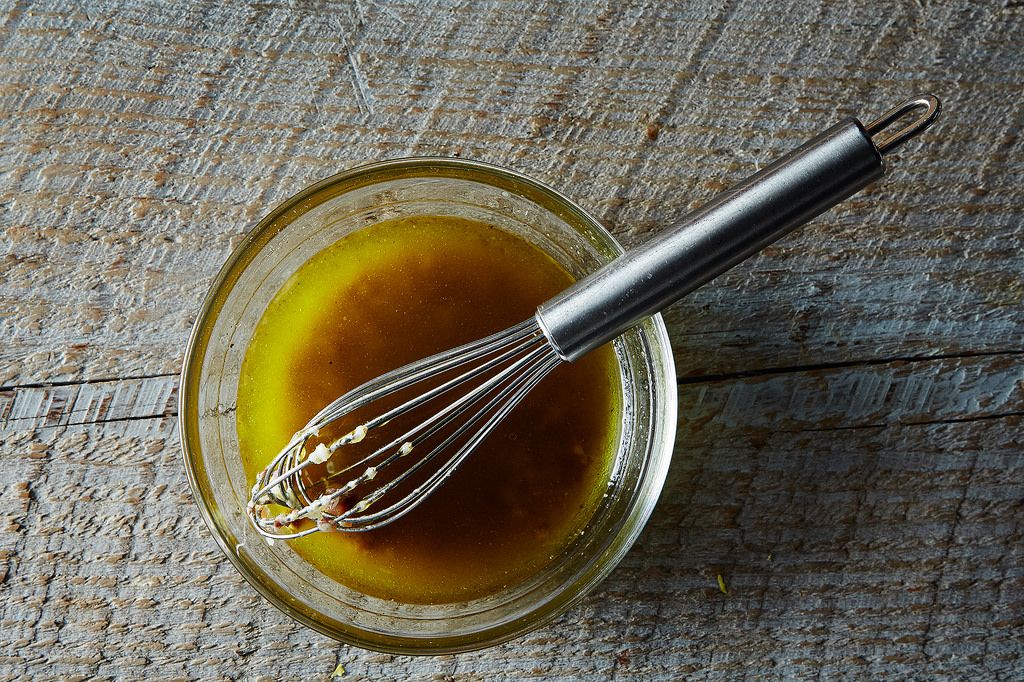
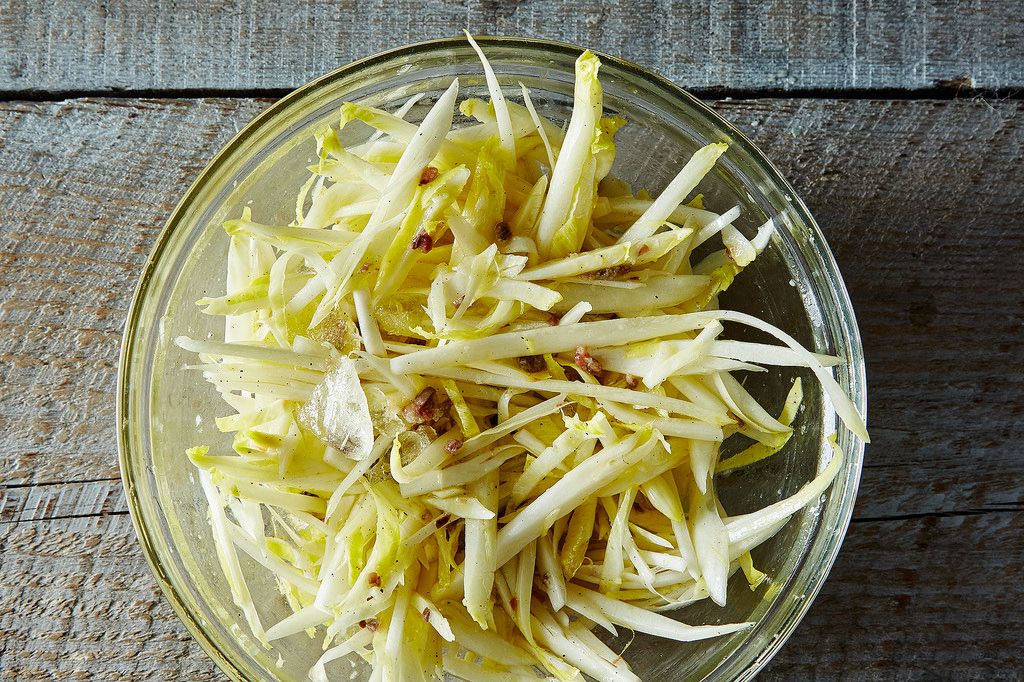

See what other Food52 readers are saying.